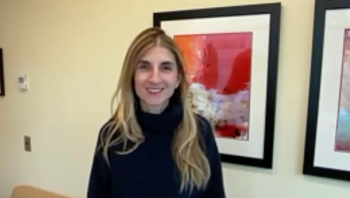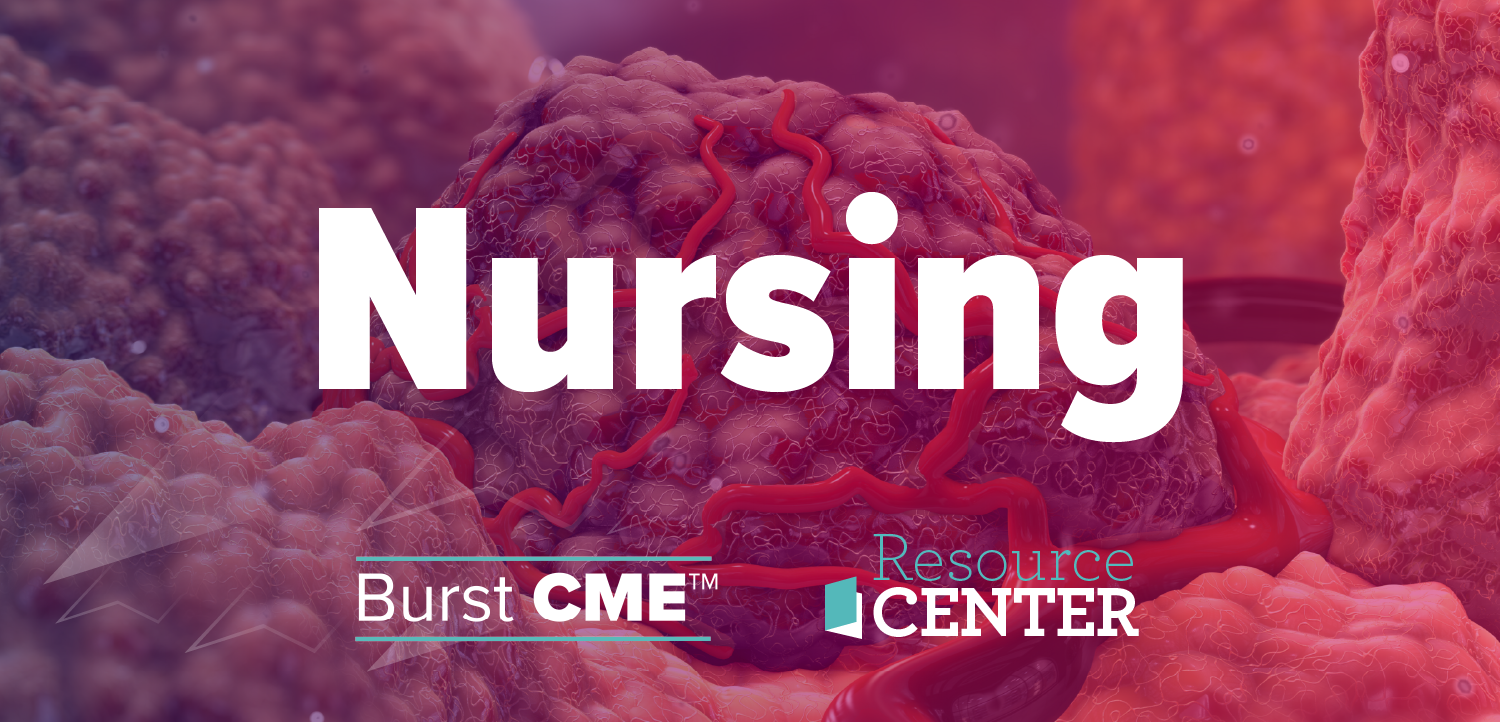
Artificial Intelligence Appears to Accurately Predict Development PDAC Through CT Images
By analyzing CT scans with artificial intelligence, the development of pancreatic ductal adenocarcinoma may be predicted years before actual diagnosis.
Artificial intelligence (AI) may be able to accurately predict the development of pancreatic ductal adenocarcinoma (PDAC) by analyzing CT images that were taken years prior to diagnosis, according to a press release from Cedars-Sinai.1
Investigators examined electronic medical records to determine who had been diagnosed with pancreatic cancer within the last 15 years, and of those who had received a CT scan between 6 months to 3 years prior to diagnosis. In a study assessing the strategy, investigators identified 108 retrospective scans from 72 individuals, including 36 health controls.2 Sixty-six scans underwent model development and external validation was performed on 42 venous-phase CT scans. Additionally, the classifier was tested using 28 scans, including 14 healthy controls and 14 pre-diagnostic scans. Utilizing selected predictors, the classifier was able to classify scans into their respective groups with a classification accuracy of 86%. Investigators noted that the performance of the system remained consistent during validation with good results, despite the limited amount of data for training.
“This AI tool was able to capture and quantify very subtle, early signs of pancreatic ductal adenocarcinoma in CT scans years before occurrence of the disease. These are signs that the human eye would never be able to discern,” senior author Debiao Li, PhD, director of the Biomedical Imaging Research Institute and professor of Biomedical Sciences and Imaging at Cedars-Sinai, said in the press release.
The goal of the study was to identify PDAC through the presence of precursor indicators in CT scans prior to PDAC development. The investigators assessed the scans in the external set to see if the 42 scans displayed incremental trends for the 5 selected features. The identified radiomic features included long-run low grey-level emphasis, inverse cluster shade, inverse cluster prominence, inverse cluster tendency, and short-run low grey-level emphasis. The 5 features trended toward increasing in the healthy control group, pre-diagnostic group, and diagnostic group, respectively, thus appearing to be highly stable predictors of PDAC.
A relatively small number of cases was enough to develop the prediction model, as investigators knew that at least 50% of patients enrolled would develop PDAC following pre-diagnostic imaging. Additionally, a lack of established pre-cancerous indicators for PDAC can lead to lack of available scans that are performed for pancreatic problems prior to the development of PDAC. Based on this, investigators pulled pre-diagnostic scans from the records of patients with established PDAC.
The current standard of care for patients experiencing abdominal pain is to undergo a CT scan, however, indicators of PDAC in the scan aren’t always noticed by radiologists with a naked eye. The retrospective nature of this study allowed the investigators to study the pre-diagnostic scans and scans of the healthy controls to determine the differences. The AI model helped to pick up variations on the surface of the pancreas that may occur during the development of pancreatic cancer.
Moving forward, the investigators are collecting data from thousands of patients at healthcare sites across the United States to further study the AI tool’s prediction accuracy.
“Our hope is [that] this tool could catch the cancer early enough to make it possible for more people to have their tumor completely removed through surgery,” first author Touseef Ahmad Qureshi, PhD, a scientist at Cedars-Sinai, concluded.
References
- AI may detect earliest signs of pancreatic cancer. News Release. Cedars Sinai. April 26, 2022. Accessed April 27, 2022. https://ceda.rs/37LH19m
- Qureshi TA, Gaddam S, Wachsman AM, et al. Predicting pancreatic ductal adenocarcinoma using artificial intelligence analysis of pre-diagnostic computed tomography images. Cancer Biomark. 2022;33(2):211-217. doi:10.3233/CBM-210273
Newsletter
Stay up to date on recent advances in the multidisciplinary approach to cancer.
































































































